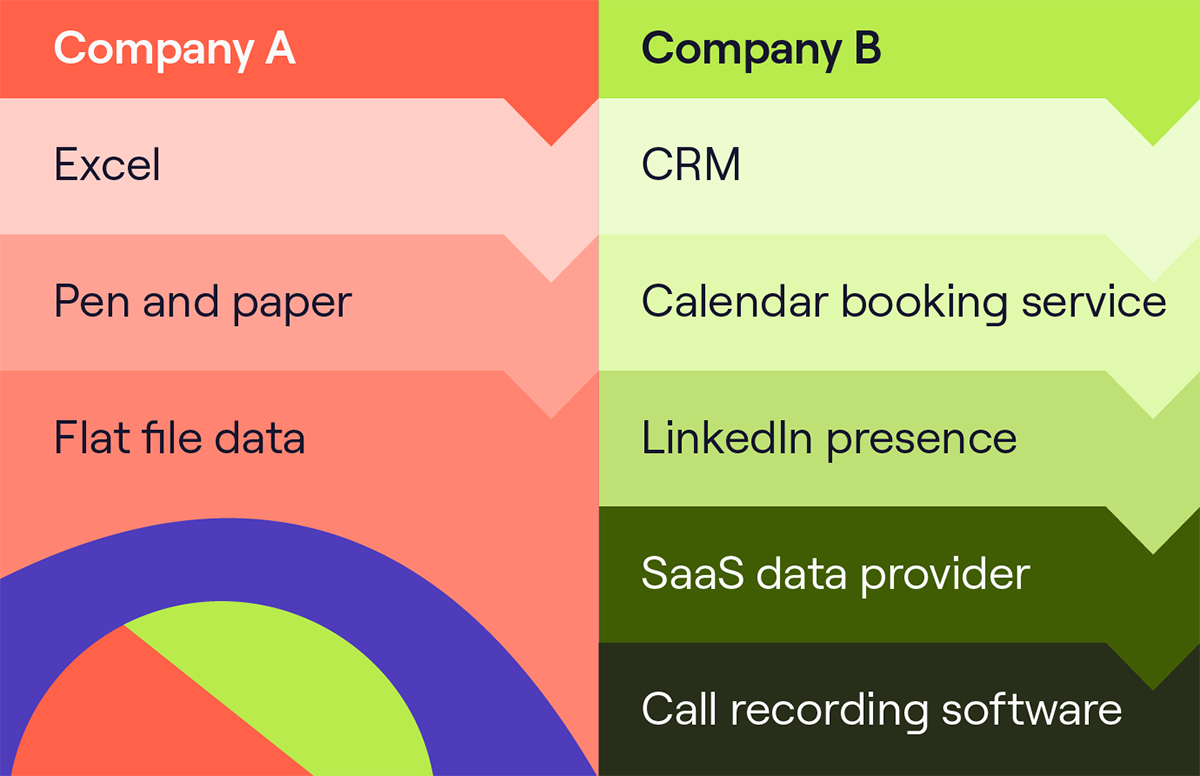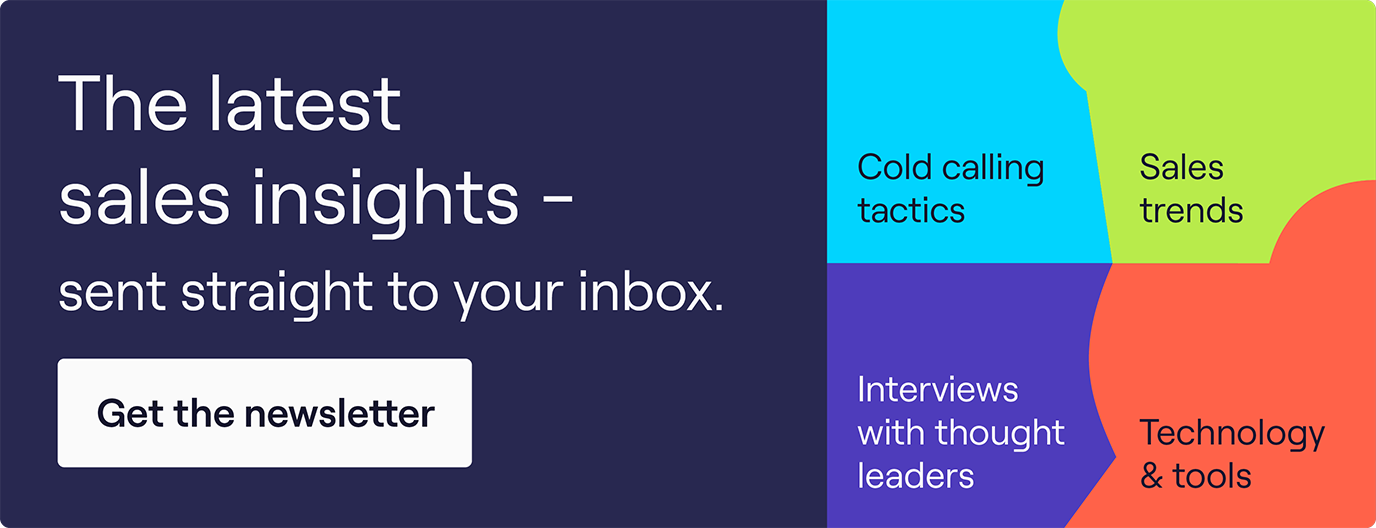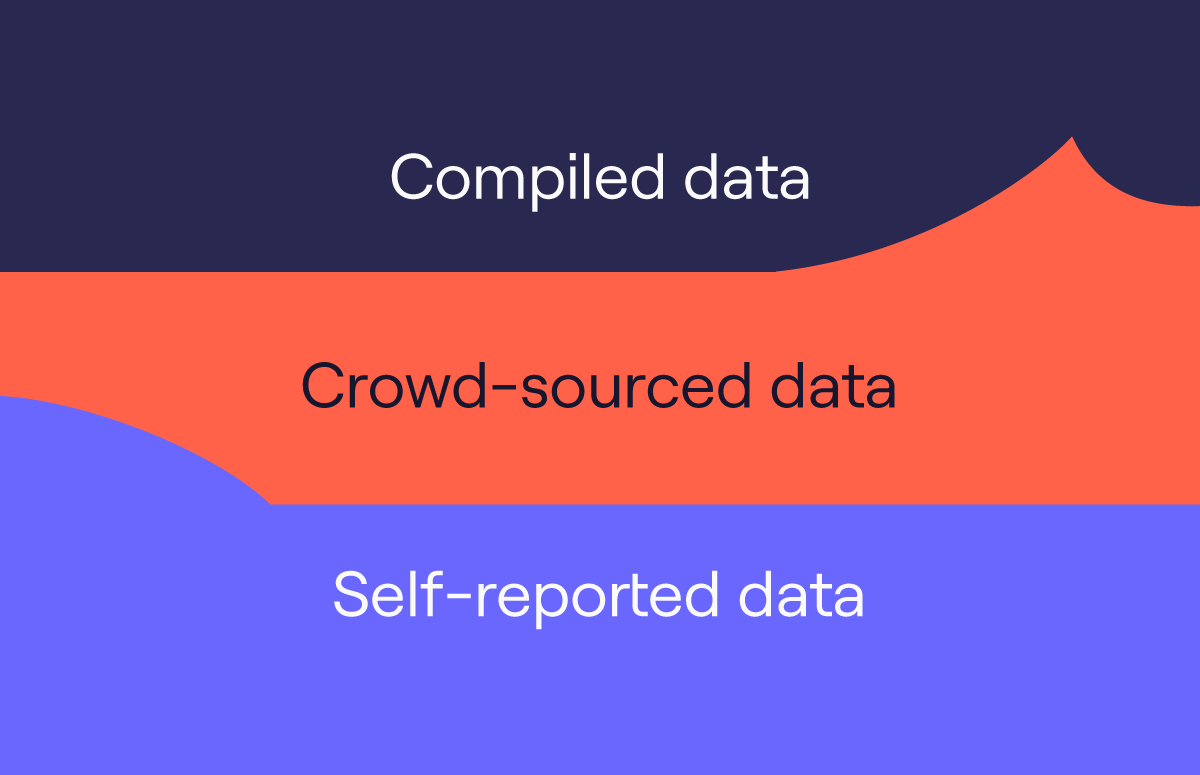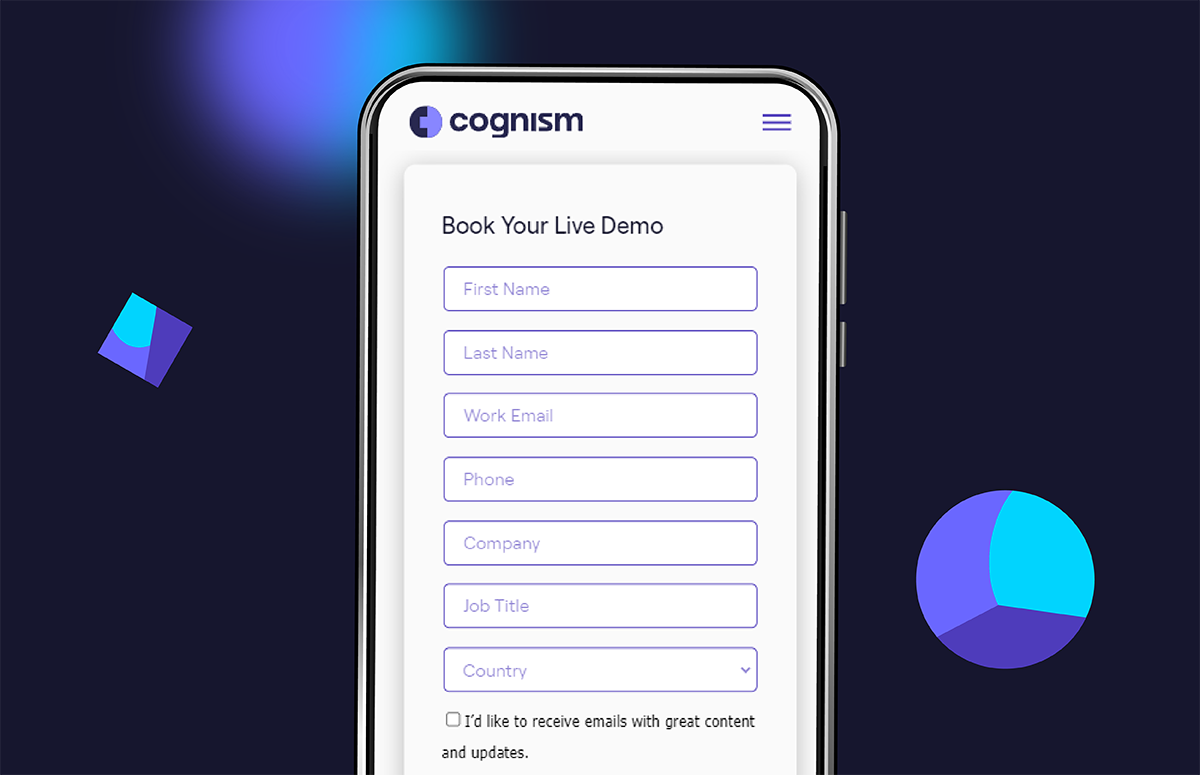How to Improve Technological Literacy in Sales Teams
What's on this page:
Modern sales teams have a lot more technology at their fingertips than they did even just a decade ago. This means that the bar for understanding and using technology is much higher.
These tools can make outbound much easier. For example, by automating boring admin tasks and filtering correct contact information.
But if your team isn’t comfortable using your tech stack, it could have the opposite effect and slow them down.
The best way for your B2B sales team to succeed in their role is to encourage technological literacy through training.
We spoke to Rachel Goldstone, Commercial SDR Manager at Cognism and sales expert Ryan Reisert, to find out what you can do to help your teams make the most of their tech.
What does technological literacy mean?
Technological literacy refers to someone’s ability to use digital technologies to communicate and access information.
Depending on when you grew up, some of us learnt these skills from childhood onwards. Millennials and Gen Z grew up using computers in school and having tech at home.
For example, mobile phones and smart devices like Amazon’s Alexa. Whereas Gen X and Baby Boomers had less access to technology growing up.
Because our exposure to technology differs, there can be a vast range of abilities across the workforce. And it is not just the exposure to the devices themselves. A general understanding of what affects a smartphone's performance, for example, plays a role as well.
Because our exposure to technology differs, there can be a vast range of abilities across the workforce.
Lots of jobs require their employees to understand and use tech as a fundamental part of their role. Think of email or Slack for communication, Asana for project management and more.
The same is true for sales teams - although, the levels of tech sophistication will vary across companies. High levels of technological literacy are often necessary at companies that are more advanced.
There’s also a lot of responsibility that comes with using technologies at work. For example cyber security and cloud disaster recovery.
It’s the job of an employer to ensure that their employees are able to use their tech stack, but are also able to use it safely.
That’s technological literacy in a nutshell.
Tech in the sales process
It can seem like technology is everywhere. But despite this, there’s still a large portion of the marketplace that isn’t very tech literate.
Ryan explains:
“There are some multi-million dollar, publicly traded companies with huge sales organisations that are still working from an Excel spreadsheet that they pass around.”
“Now to companies working in tech, you’ll likely feel like not having a CRM is ludicrous. But some companies have just never adopted the tech available.”
As Ryan suggests, depending on the industry the companies are working in, they may use more or less tech. Company culture and budget size are also key factors.
Due to this disparity among sales organisations, it can mean some people moving into a new workplace might have bigger skills gaps than others.
For example:

But that’s not to say that more tech is better.
Yes, B2B technology can speed up processes and alleviate people from certain tasks.
But, you can’t just have tech for tech’s sake. It has to actually work in the ecosystem - which can often get pretty complicated.
Tom Andrews, Rev Tech expert says:
“Over the last 5-10 years, companies have bought a whole load of new technologies... but they've been building and deploying them pretty badly, not integrating them properly.”
“Which means a lot of ‘tech debt’ has built up in organisations.”
“Nothing works like it’s meant to. And that causes a lot of frustration.”
“So then you have lots of companies overcomplicating their processes or providing all this training when actually, all they need to do is strip things back and fix the fundamental problems with the tech.”
Make sure your tech stack is as integrated and streamlined as possible. This is half the battle when trying to ensure your sales team is technologically literate.
Ryan says:
“Sometimes it’s better to strip things back to basics. The tech should be working for the rep, not the rep having to work to use the tech.”
“Have reliable data so you have your lists of people to call, inside a CRM which keeps them organised with some kind of engagement system which alleviates time-wasting admin.”
Cognism case study
To show how you can improve technological literacy within your sales teams, we’ll use Cognism as an example.
Firstly, here’s an insight into our tech stack:
- Outreach
- Salesforce - our CRM
- Cognism - for contact data, duh
- Chili Piper - our booking system
- Outlook - for email
- Scratchpad - to take notes
- Gong - to record and listen back to calls
The nice thing about this list is that they integrate nicely together. It’s a pretty uncomplicated tech stack, creating a smooth user experience amongst the platforms.
But, that doesn’t mean that new team members will immediately know what to do.
Some may have used these platforms in previous roles- but not in the same configuration.
Others will have used similar versions of the platforms, but not this specific one.
And finally, for new recruits, this may be their first sales role and they’re completely new to the tech.
Rachel says:
“Most people will have used email before which is great, but often that’s about it. So we have to start from scratch when teaching people to use the platforms.”
“Platforms like Chili Piper are straightforward. But generally, the more difficult tech to get up to speed with is Outreach and Salesforce.”
As you can imagine, learning all these new systems, and getting to grips with making cold calls in a new working environment - it’s a lot to take in!
So Rachel and the other SDR managers tend to break them in gently.
Rachel says:
“We start with the basics, like: ‘this is how you add someone into a sequence’. There’s so much to learn in the first week already that less is more.”
“If you go too in-depth too quickly, people panic and get stressed. So instead, we layer it on slowly.”
So how long does it take to get people up to speed with technological literacy?
Everyone learns at their own pace, so some people pick it up faster than others.
But Rachel says it takes around a month for new SDRs to get pretty comfortable using the required platforms.
The work doesn’t end there though.
There’s an ongoing training schedule containing two compulsory training sessions per week.
Training sessions include things like:
- How to use Scratchpad
- How to filter reports
- How to convert leads into contacts
- How to create operation tickets
- How to identify people in Outreach who are contactable on a mobile
- How to change sequences
Some of the training sessions are demonstrative, while others are more interactive.
For example, Rachel has organised a scavenger hunt for new SDRs:
“You tell them to filter a certain list and then find specific information about a contact. It’s just a better way to keep people engaged. Because sometimes you can tell people switch off during training sessions.”
Rachel adds:
“We focus a lot more on the admin tech side of things than we used to. That’s because we realised that was something that was really hindering people’s progress.”
“If you’re not able to use the tech properly, like finding contacts for a sequence, then it doesn’t really matter how great you are at cold calling because you’re likely calling the wrong people.”
Another recent training session held by the Cognism commercial SDR managers focused on writing personalised, value-led follow-up emails.
This included teaching SDRs how to use information learned during a cold call, combined with what they can find online about a specific contact, to create a value-driven, punchy follow-up email.
However, while the training sessions are important and teach SDRs vital skills - Rachel feels there's no substitute for ‘just getting stuck in’.
Rachel says:
“It’s really important for people to experience it for themselves. We don’t want to be theoretical, we want to be hands-on. We get people calling in their first week so everyone can get started using the tech.”
It makes sense. You can teach someone the rules of chess but you won’t feel comfortable playing the game until you’ve practised.
Rachel adds:
“We make sure we are around to answer any questions our SDRs have while they’re getting to grips with the platforms.”
Another crucial element in this process lies with sales enablement. Rachel has a checklist of tasks for sales enablement to run through with new SDRs to ensure they are set up on platforms correctly.
For example, reps are able to add a mobile number to Outreach so it looks as though they’re calling from a mobile. Or in some cases, adding area codes to look like a number calling from within your country or state.
This generally improves pick-up rates because people are more likely to answer an unknown mobile number or local area code number than to answer a call from a company.
It’s a small change that could easily be overlooked, but it can improve an SDR’s performance over time.
Technological literacy in sales: the last word
Getting new starters up to speed with technological literacy can be complicated. Especially as companies adopt more and more sales intelligence technology.
But it doesn’t have to be painful.
Tech is meant to make life easier for salespeople! So long as its implemented, taught and updated with the user in mind.
For more expert sales insights, sign up for our bi-weekly Sales Leaders’ Digest newsletter below.



